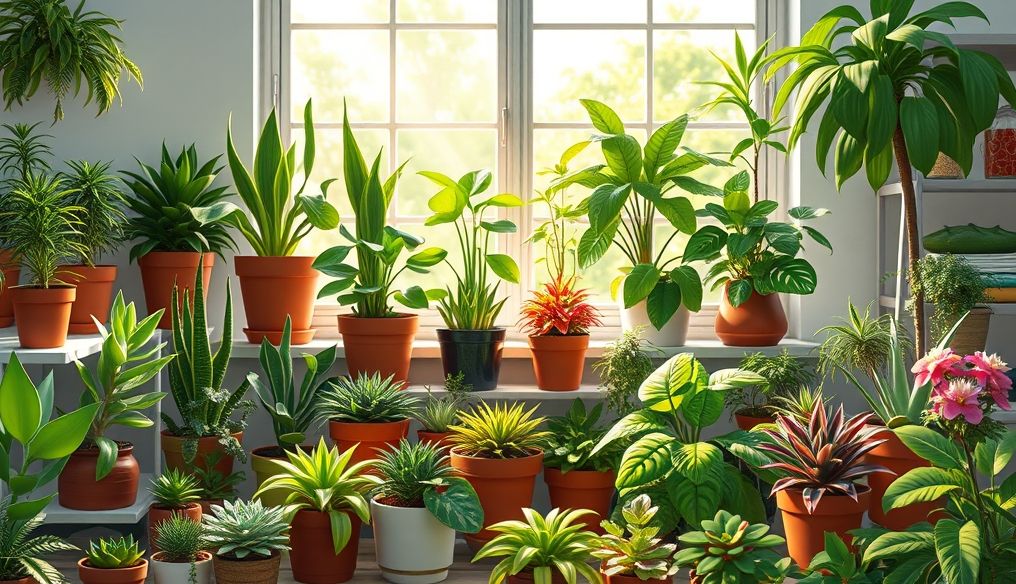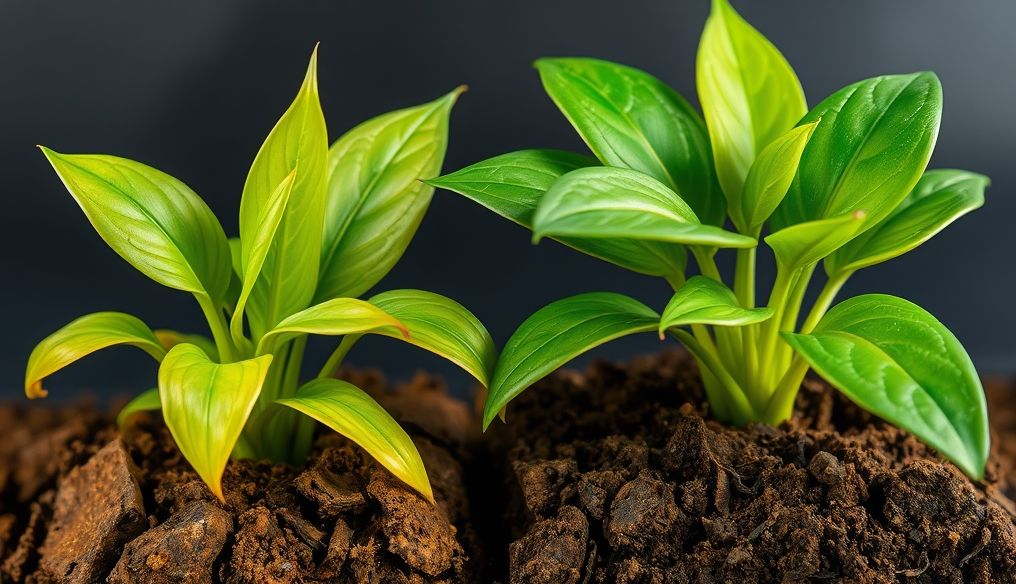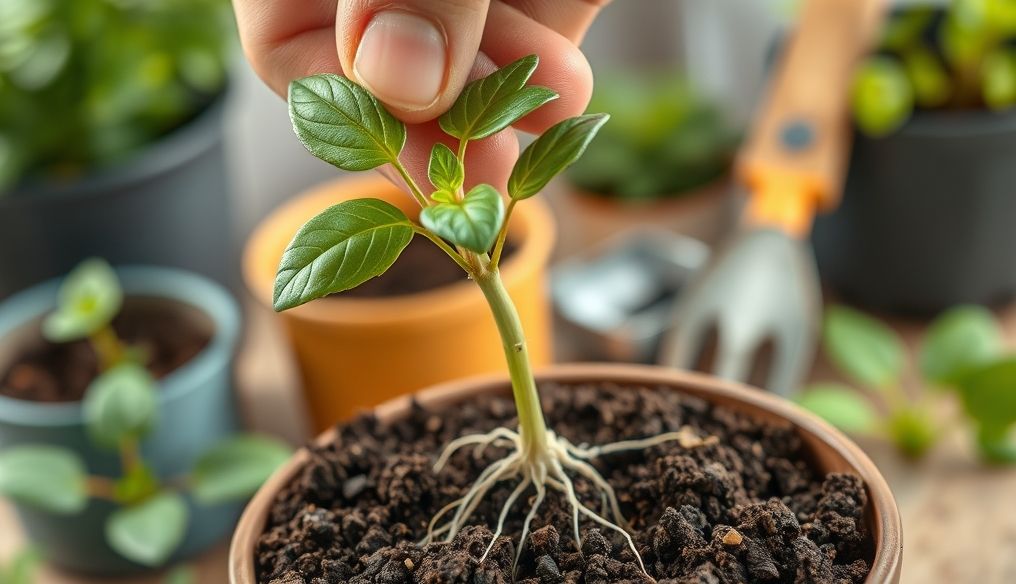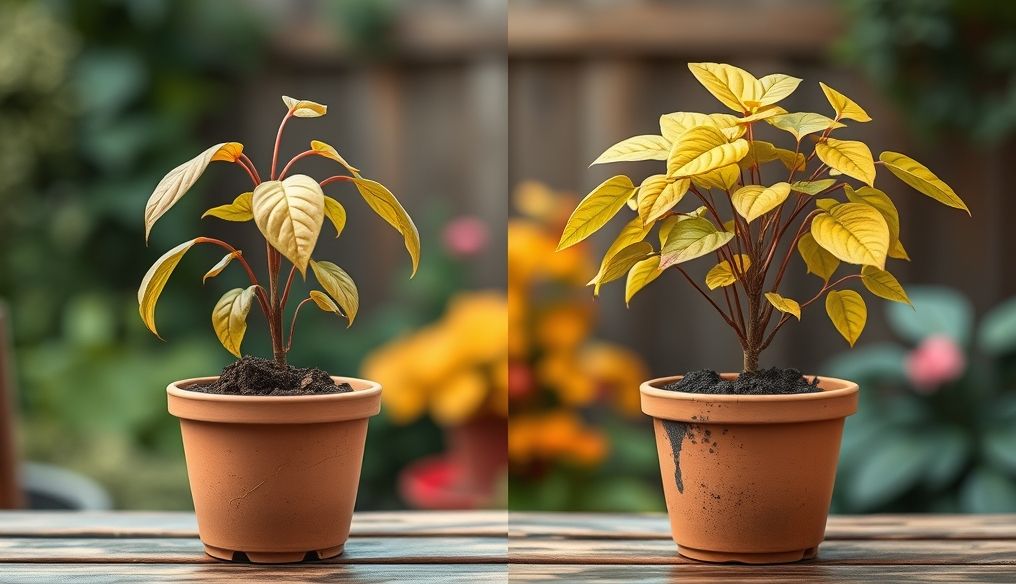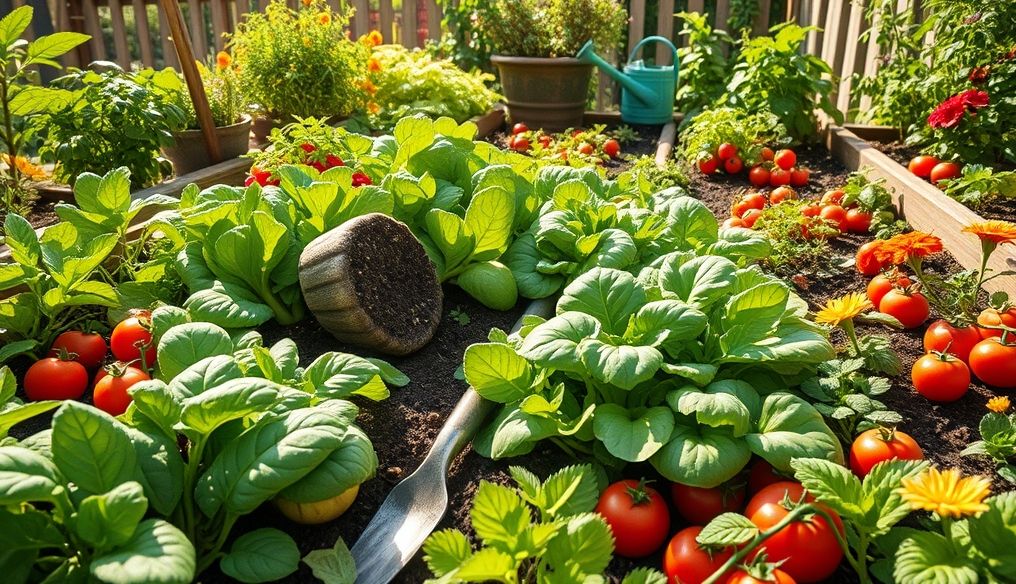Introduction: The Key to Optimal Plant Growth
Understanding your plants' water and sunlight needs is the cornerstone of successful plant care. Just like humans, plants require a delicate balance of these essential elements to thrive. In this comprehensive guide, we will explore how to identify the water and sunlight requirements of different plant species and how to provide the ideal conditions for their growth.
Chapter 1: The Importance of Water for Plants
The Role of Water in Plant Life
Water is not just a moisturizer for plants; it is a vital element involved in many important physiological processes:
- Photosynthesis: Water is used as a basic component in photosynthesis, where sunlight is converted into chemical energy.
- Nutrient Transport: Water helps transport nutrients from the soil to all parts of the plant.
- Temperature Regulation: Water contributes to regulating the plant's temperature by evaporating from the leaves.
- Cellular Structure Support: Water forms a large part of plant cells, giving them firmness and support.
Determining Plant Water Needs
Plant water needs vary greatly depending on the type of plant, stage of growth, and environmental conditions. Here are some factors to consider:
- Plant Type: Some plants, such as cacti and succulents, are adapted to dry conditions and require small amounts of water. Other plants, such as tropical ornamentals, need large amounts of water.
- Growth Stage: Young plants need less water than adult plants. During flowering and fruiting, plants may need extra water.
- Environmental Conditions: In hot and dry weather, water evaporates faster, meaning plants will need more frequent watering.
Signs of Underwatering or Overwatering
It is essential to monitor your plants carefully for signs of underwatering or overwatering:
Signs of Underwatering:
- Wilting leaves
- Dry soil
- Stunted growth
- Leaf drop
Signs of Overwatering:
- Yellowing leaves
- Root rot
- Fungal growth
- Water accumulation on the soil surface
Chapter 2: Sunlight and Its Vital Role
The Importance of Sunlight in Photosynthesis
Sunlight is the primary source of energy for plants. Through photosynthesis, plants use sunlight to convert carbon dioxide and water into sugars and oxygen. These sugars provide the energy needed for plant growth and development.
Types of Lighting and Their Impact on Plants
Plants are affected by different types of lighting:
- Direct Sunlight: This is the bright light that reaches the plant directly without filtration.
- Indirect Sunlight: This is light that is partially filtered through curtains or trees.
- Artificial Light: Grow lights can be used to provide the light needed for plants, especially in places where there is not enough natural light.
Determining Plant Sunlight Needs
Plant sunlight needs vary greatly. Some plants need six hours or more of direct sunlight per day, while others thrive in partial or full shade.
- Sun-loving Plants: Need six hours or more of direct sunlight per day.
- Partial Shade-loving Plants: Need 3-6 hours of direct sunlight or bright indirect sunlight.
- Shade-loving Plants: Need less than 3 hours of direct sunlight and thrive in full shade.
Signs of Insufficient or Excessive Sunlight Exposure
Insufficient or excessive exposure to sunlight can lead to health problems for plants:
Signs of Insufficient Sunlight:
- Long and spindly growth
- Pale or yellow leaves
- Lack of flowering
- Plant leaning towards the light source
Signs of Excessive Sunlight:
- Sunburn on the leaves
- Bleaching of the leaves
- Soil drying out too quickly
Chapter 3: Factors Affecting Plant Water and Sunlight Needs
Soil Type and Its Impact on Water Retention
Soil quality greatly affects its ability to retain water. Sandy soil drains water quickly, while clay soil retains water for longer. It is essential to choose the right soil for the type of plant and amend it if necessary.
Humidity and Temperature
Humidity and temperature play a crucial role in determining plant water needs. In humid weather, water evaporates slowly, meaning plants will need less frequent watering. In hot weather, water evaporates quickly, meaning plants will need more frequent watering.
Plant Location
The location of the plant also affects its water and sunlight needs. Plants grown in pots need more frequent watering than plants grown in the ground because the soil in pots dries out faster. Plants grown in a sunny location need more frequent watering than plants grown in a shady location.
Chapter 4: Effective Watering Techniques
Manual Watering
Manual watering is the most common method of watering plants. It is important to ensure that the water reaches the roots of the plants and not just the leaves.
Drip Irrigation
Drip irrigation is an effective way to conserve water, as water is delivered directly to the roots of the plants slowly and steadily.
Sprinkler Irrigation
Sprinkler irrigation is a convenient way to water large areas, but it can lead to rapid water evaporation.
Self-Watering
Self-watering systems are an excellent solution for busy people, as they can water plants automatically according to a set schedule.
Chapter 5: Improving Lighting for Indoor Plants
Using Grow Lights
Grow lights are an ideal solution for indoor plants that do not receive enough natural light. Different types of grow lights are available, such as LED lights and fluorescent lights.
Placing Plants Near Windows
Placing plants near windows helps them get the maximum amount of natural light. It is important to rotate the plants regularly to ensure that all parts of them get light.
Using Mirrors to Increase Lighting
Mirrors can be used to reflect light and increase lighting in dark areas.
Chapter 6: Practical Tips for Meeting Plant Water and Sunlight Needs
- Monitor the Soil Regularly: Check the soil regularly to determine if it needs watering.
- Use Your Fingers: Stick your finger into the soil to determine the moisture level.
- Choose the Right Pots: Choose pots with good drainage holes to prevent water accumulation.
- Provide Shade for Sensitive Plants: Provide shade for sensitive plants during periods of extreme heat.
- Amend the Soil: Amend the soil to improve its ability to retain water and provide the necessary nutrients.
Chapter 7: Common Mistakes in Plant Care and How to Avoid Them
Overwatering
Overwatering is one of the most common mistakes in plant care. Overwatering can lead to root rot and plant death.
Underwatering
Underwatering can lead to wilting leaves and stunted growth.
Excessive Sunlight Exposure
Excessive sunlight exposure can lead to sunburn on the leaves.
Insufficient Lighting
Insufficient lighting can lead to long and spindly growth and pale leaves.
Chapter 8: Examples of Plant Types and Their Water and Sunlight Needs
Cacti and Succulents
Need little water and lots of direct sunlight.
Tropical Ornamentals
Need lots of water and partial shade.
Herbs
Need moderate amounts of water and lots of direct sunlight.
Conclusion: Successful Care for Healthy Plants
By following these guidelines and tips, you can provide the ideal conditions for your plants to grow and thrive. Remember that regular monitoring and fine-tuning are key to success in plant care.
